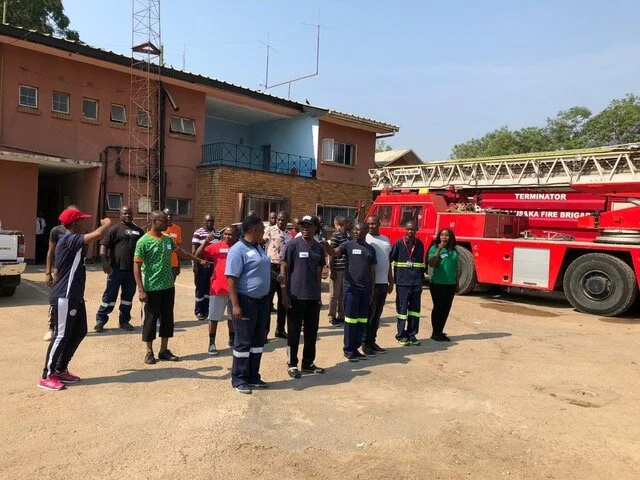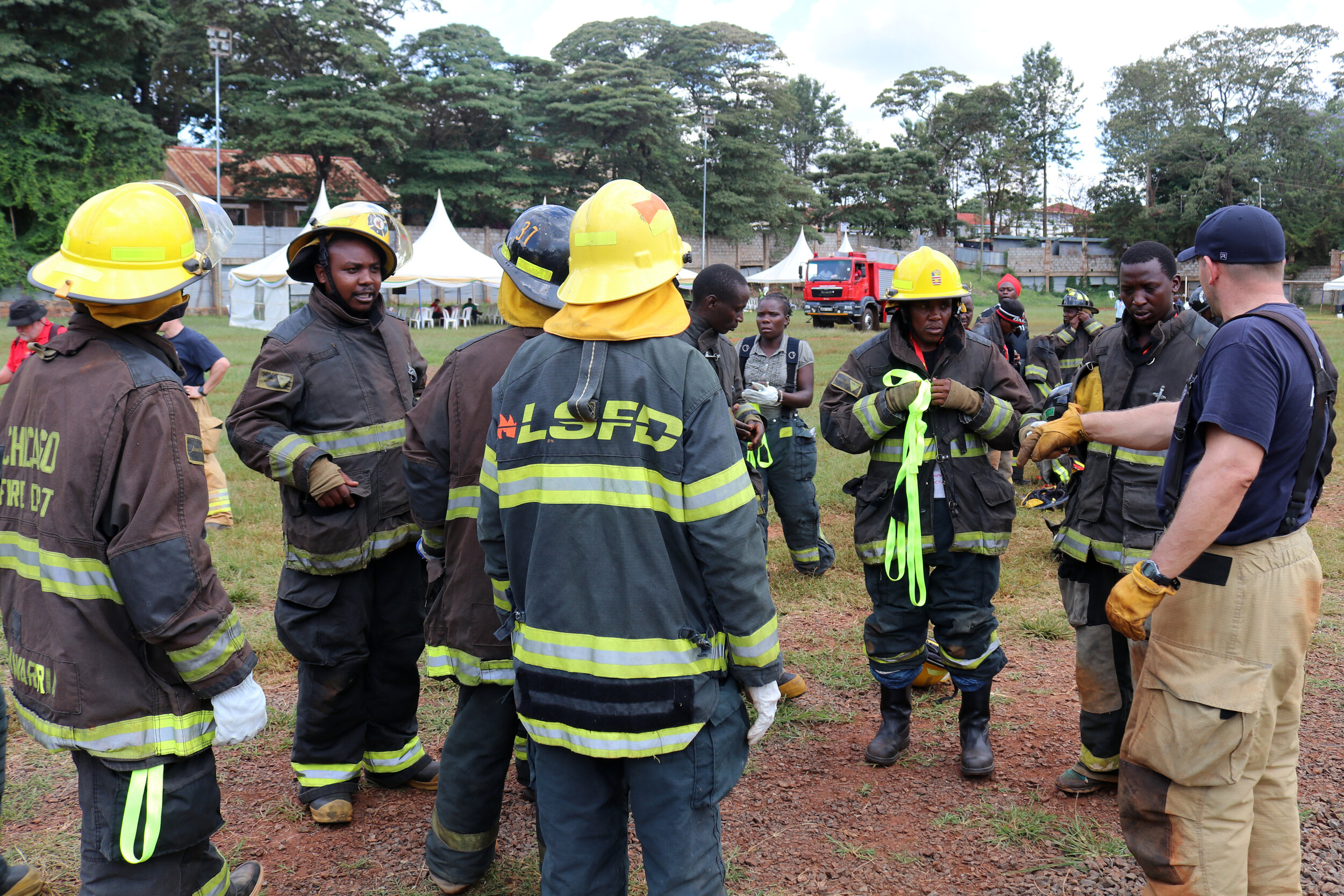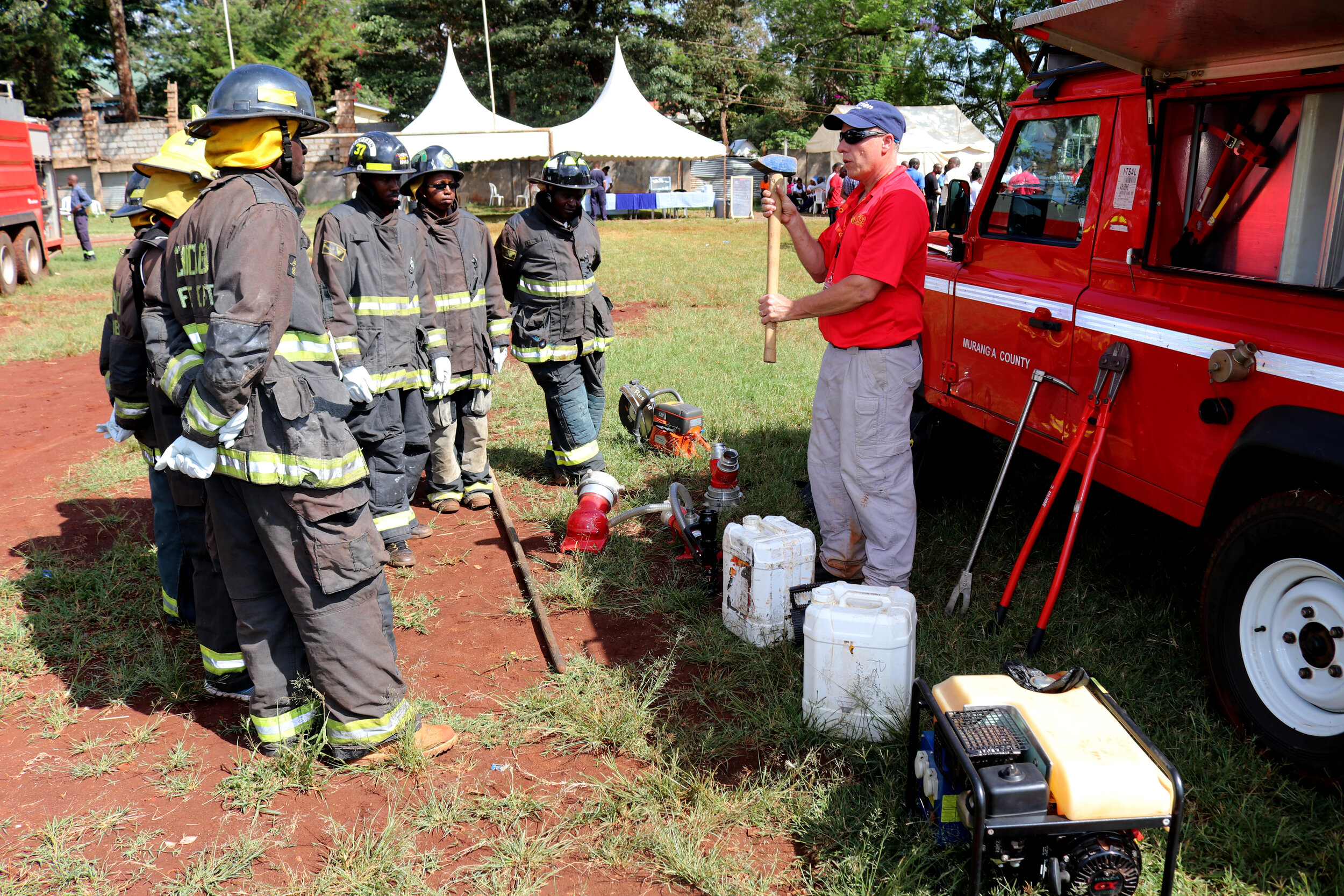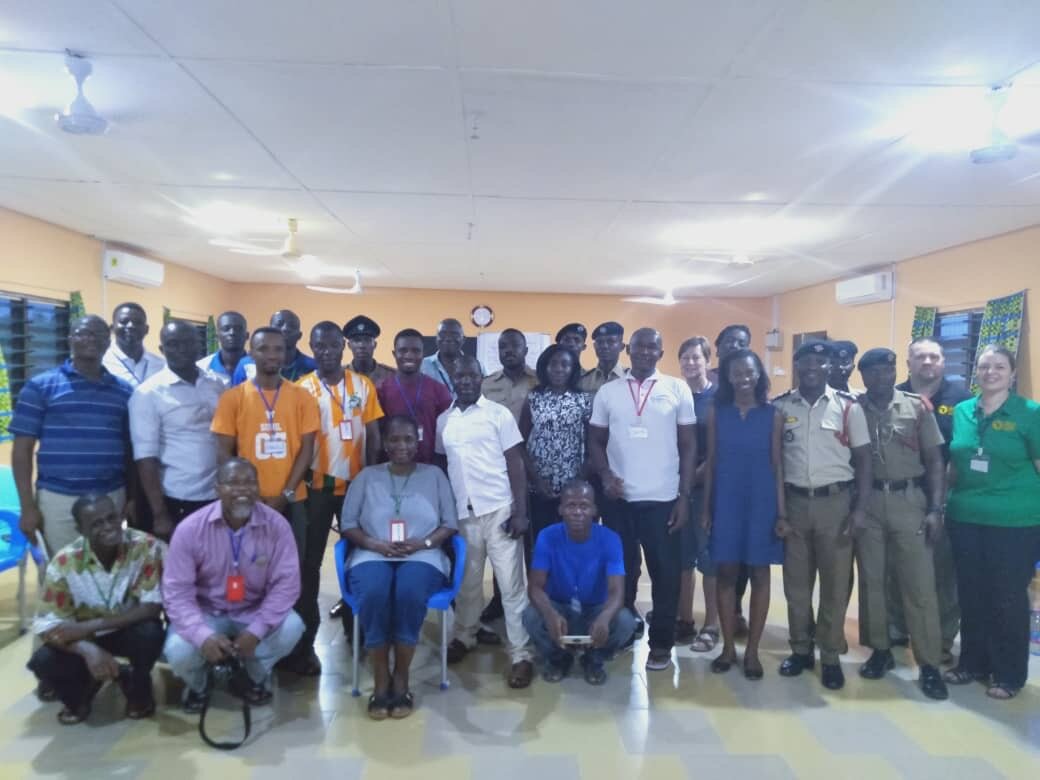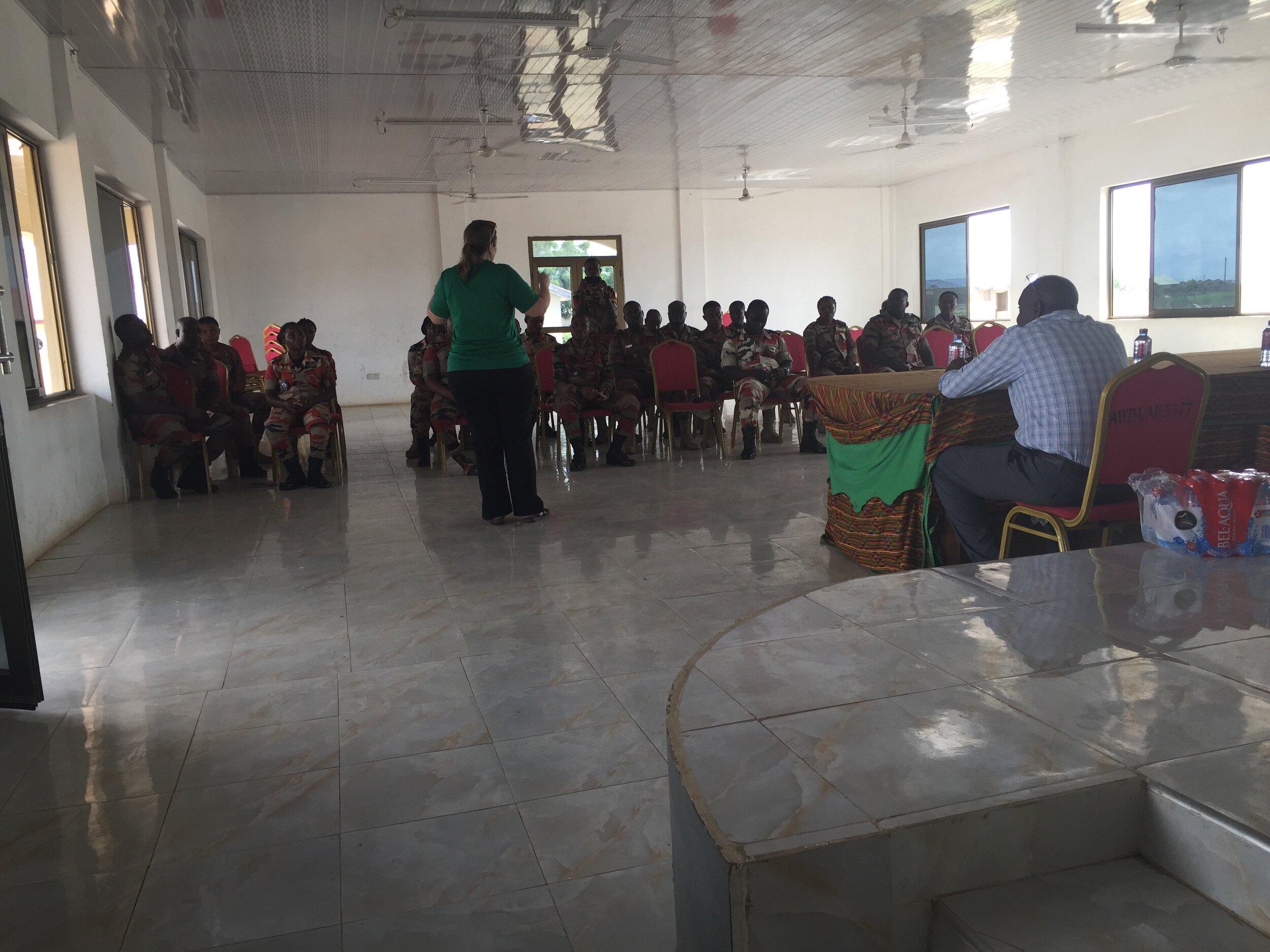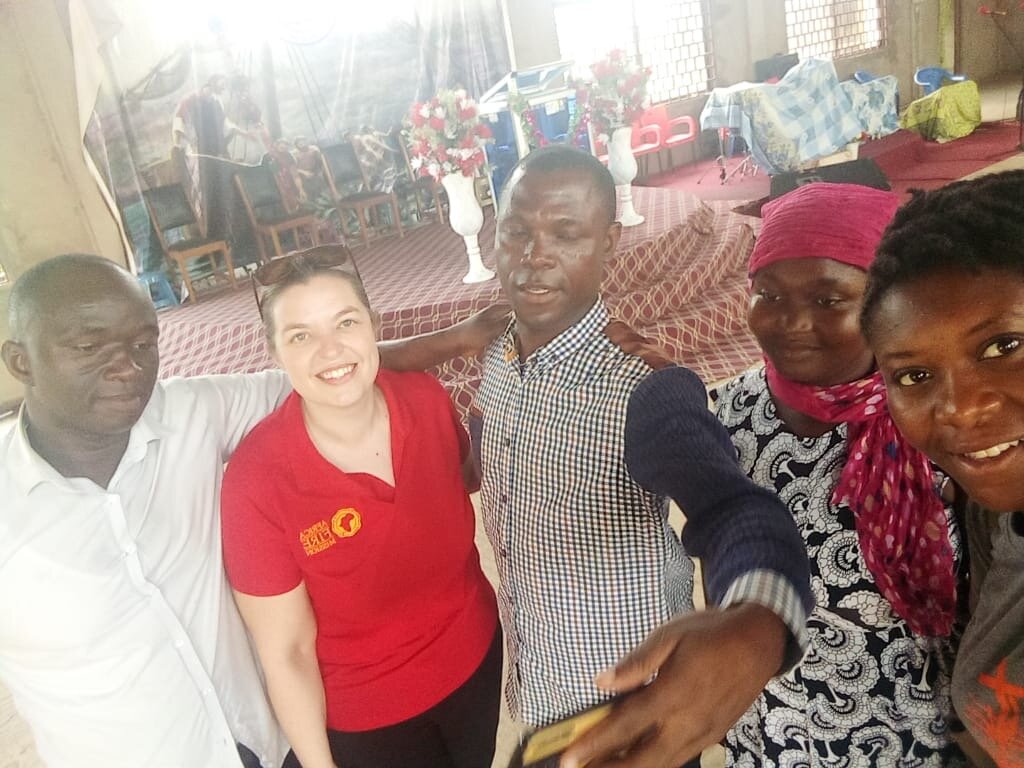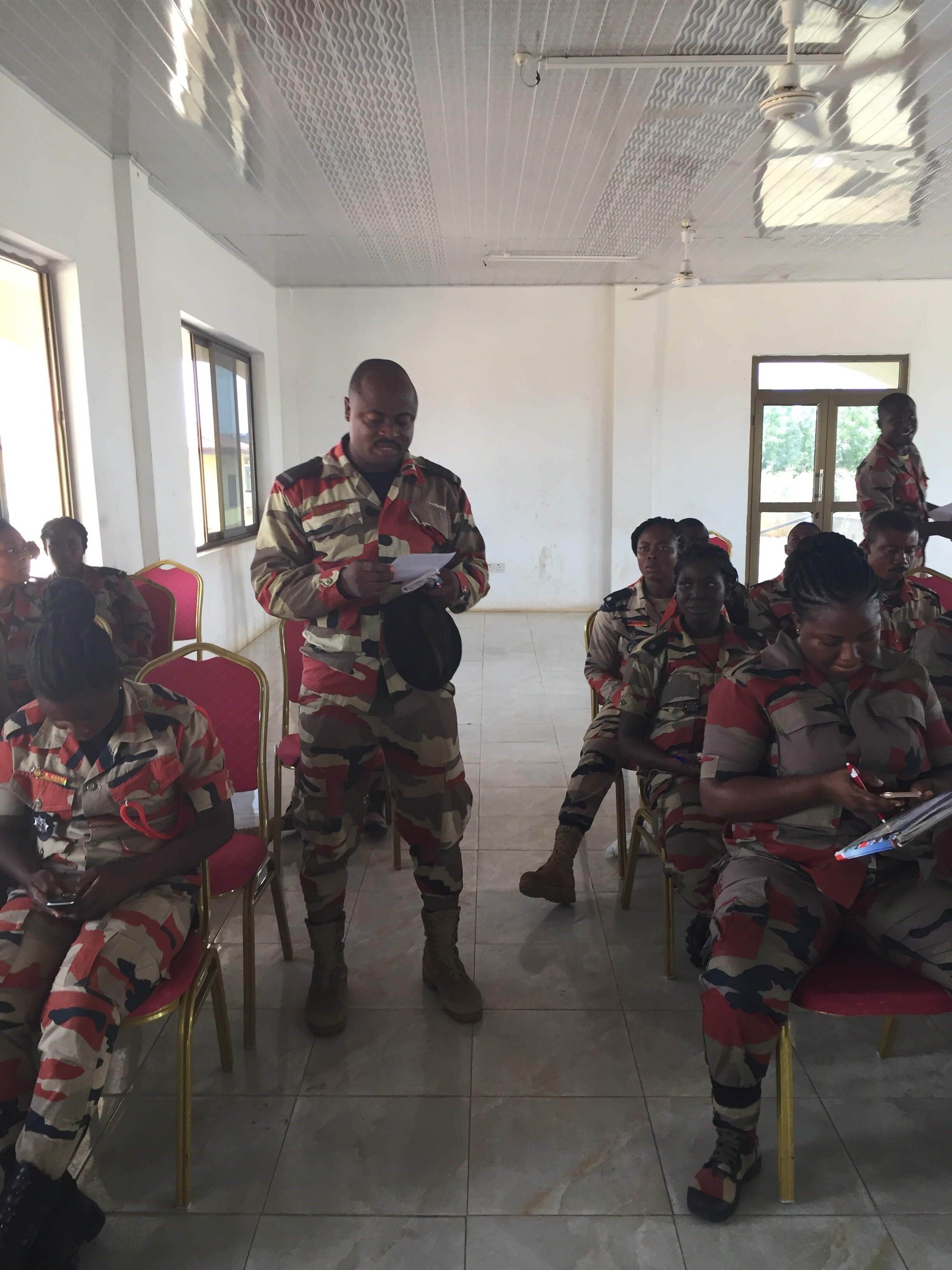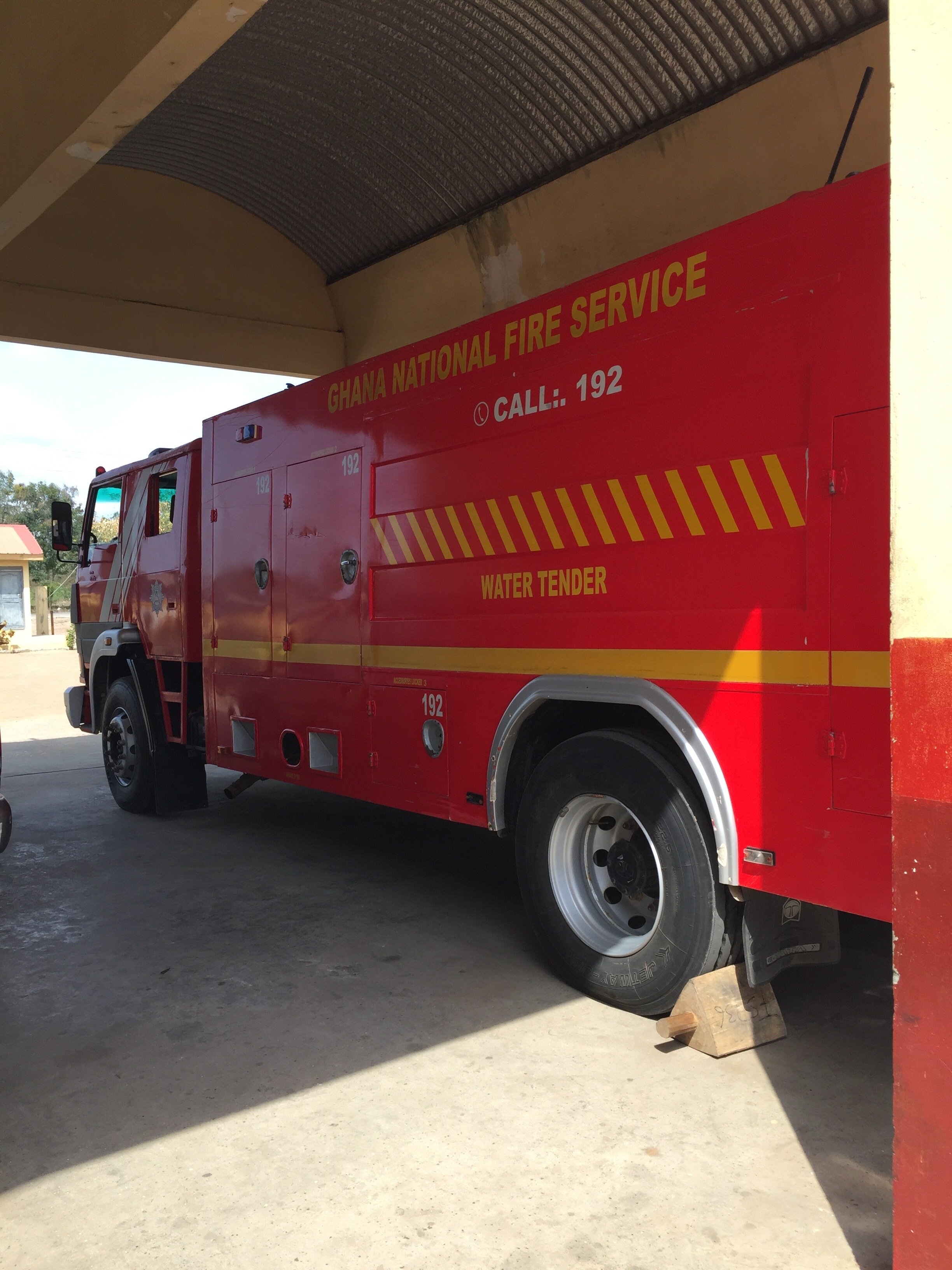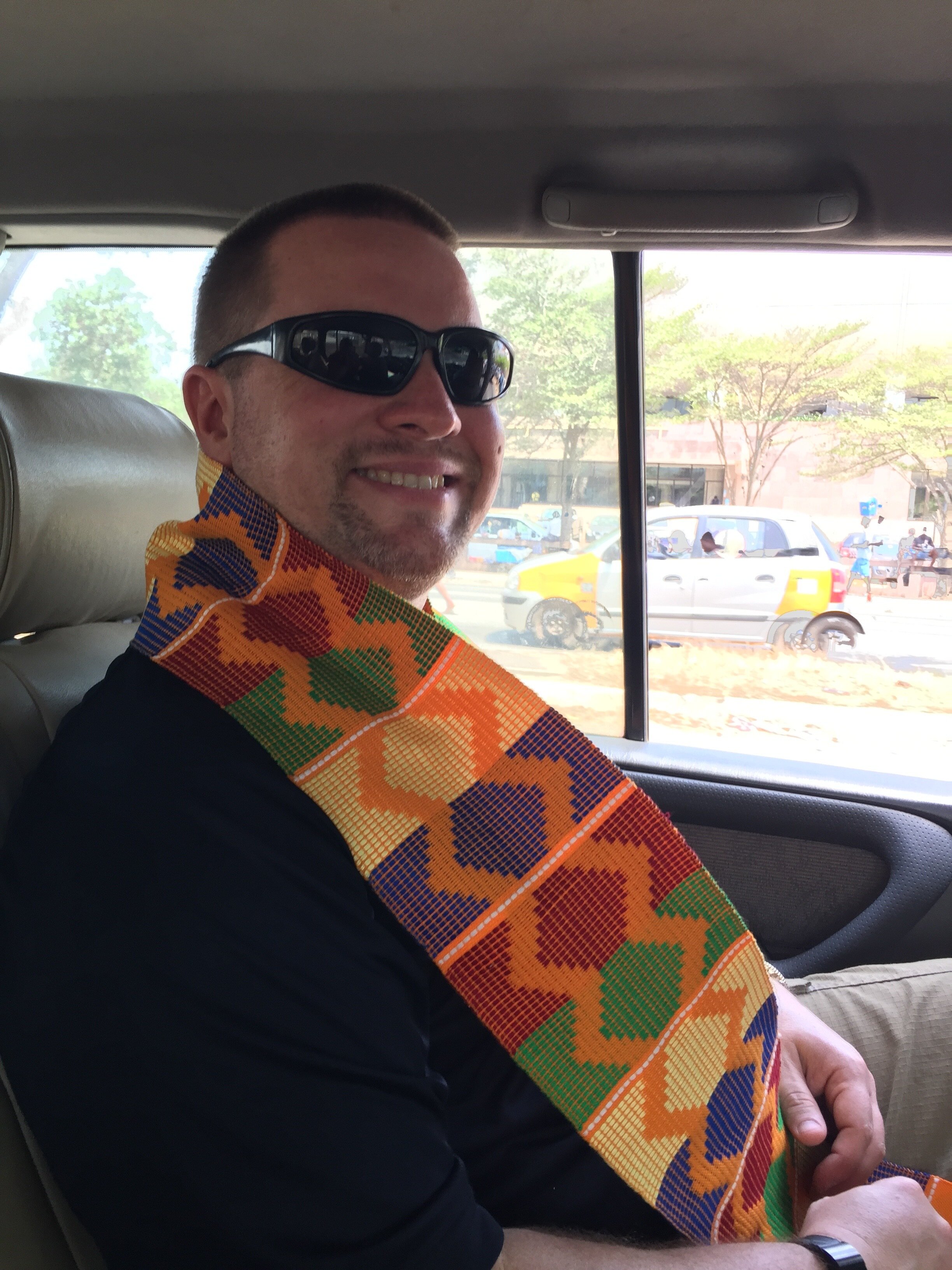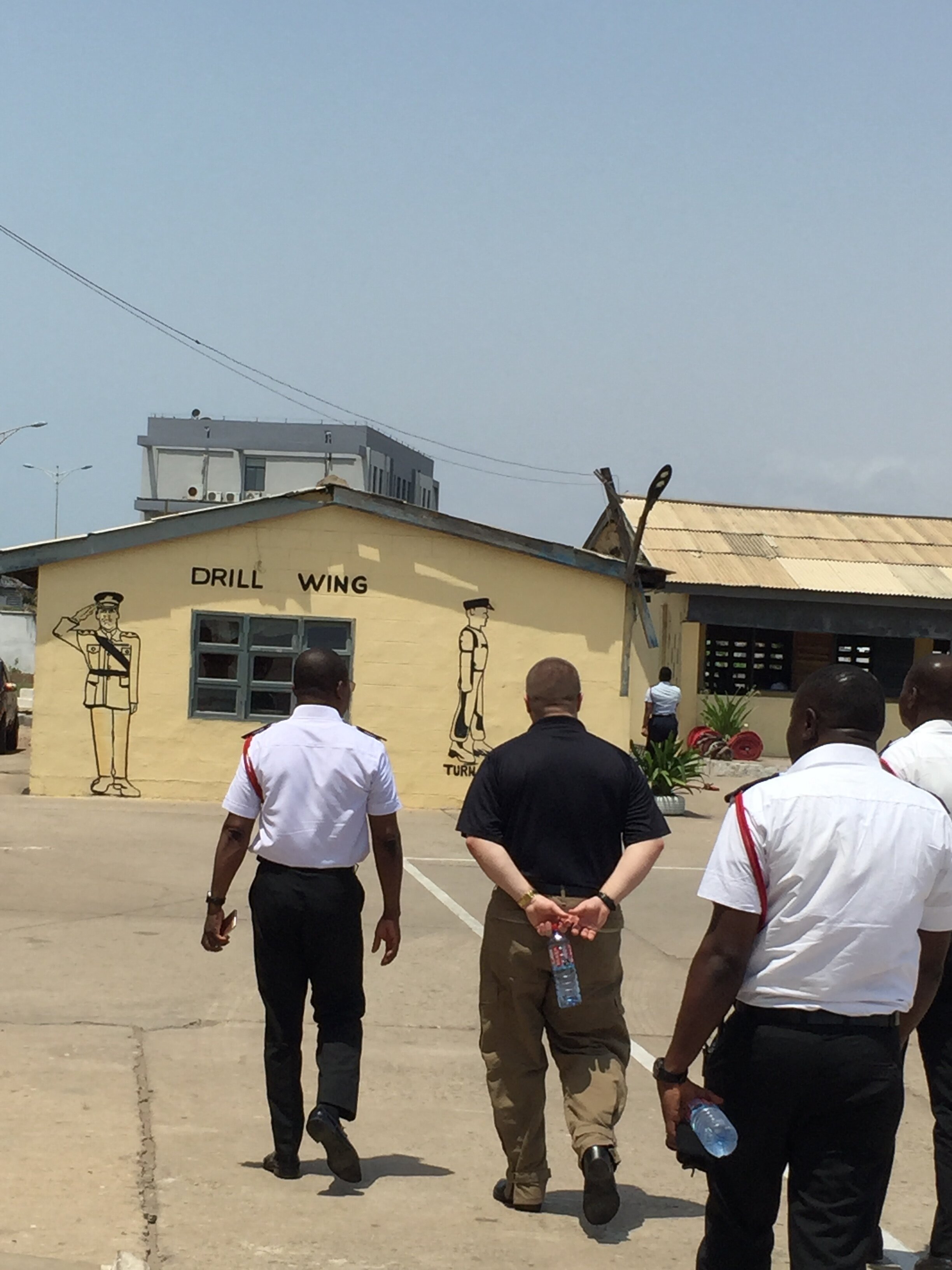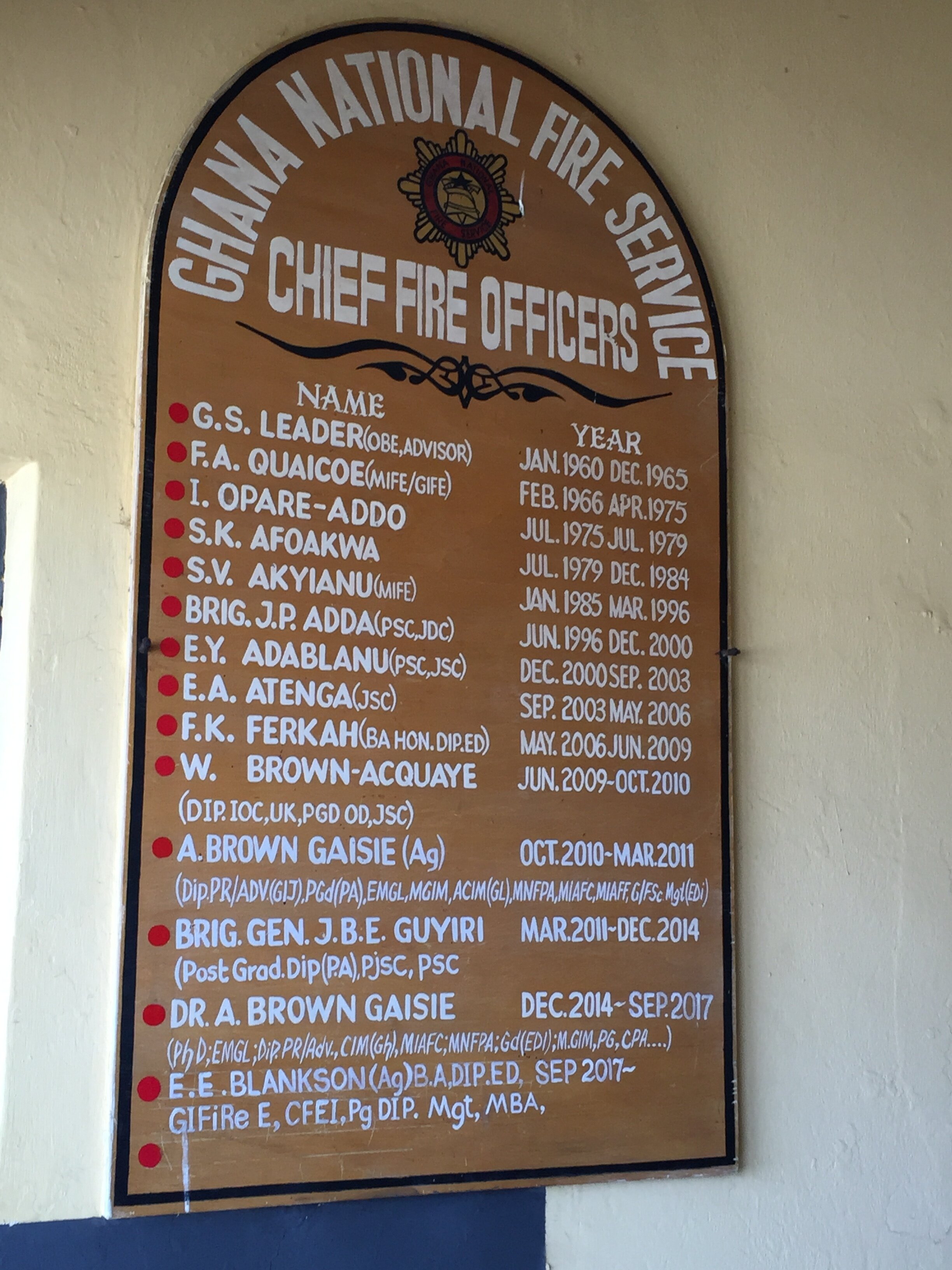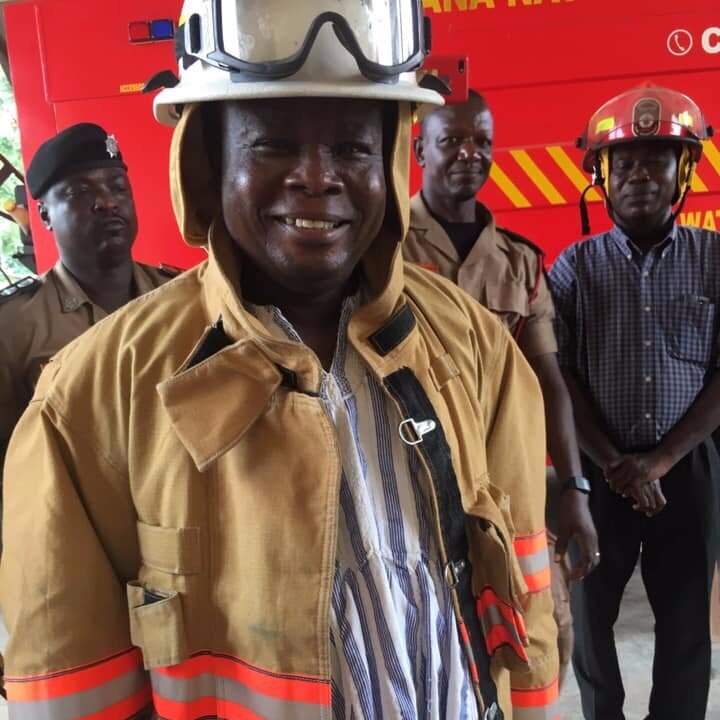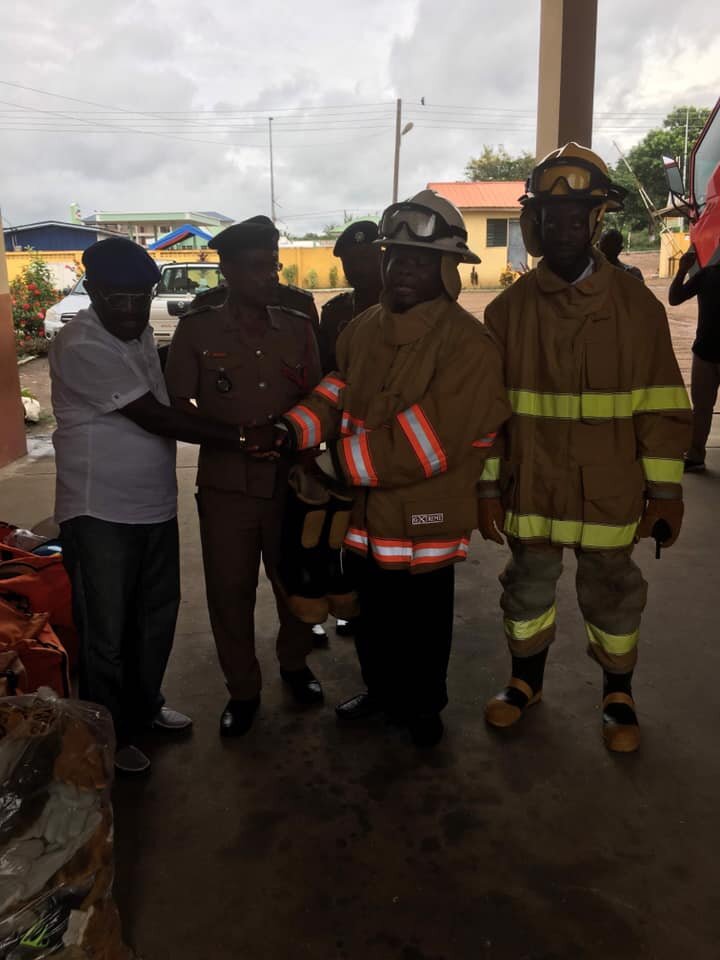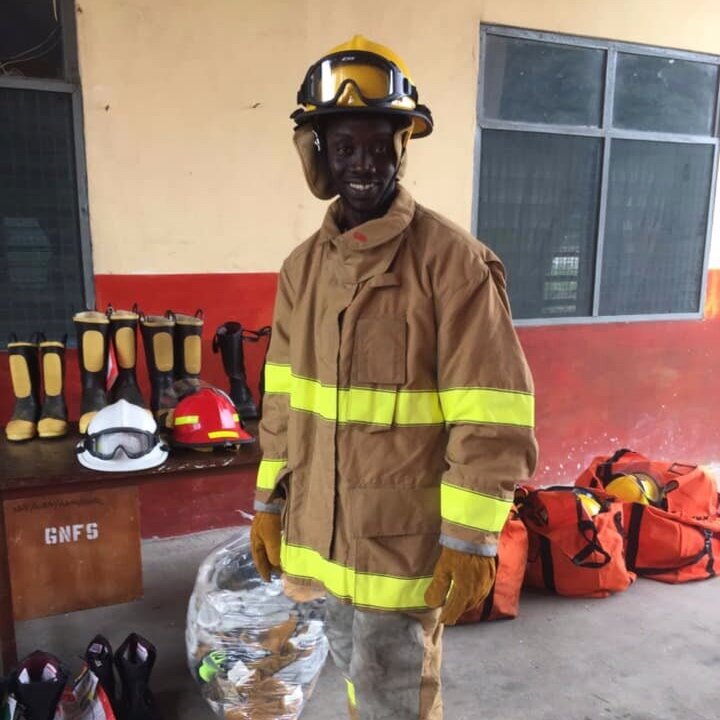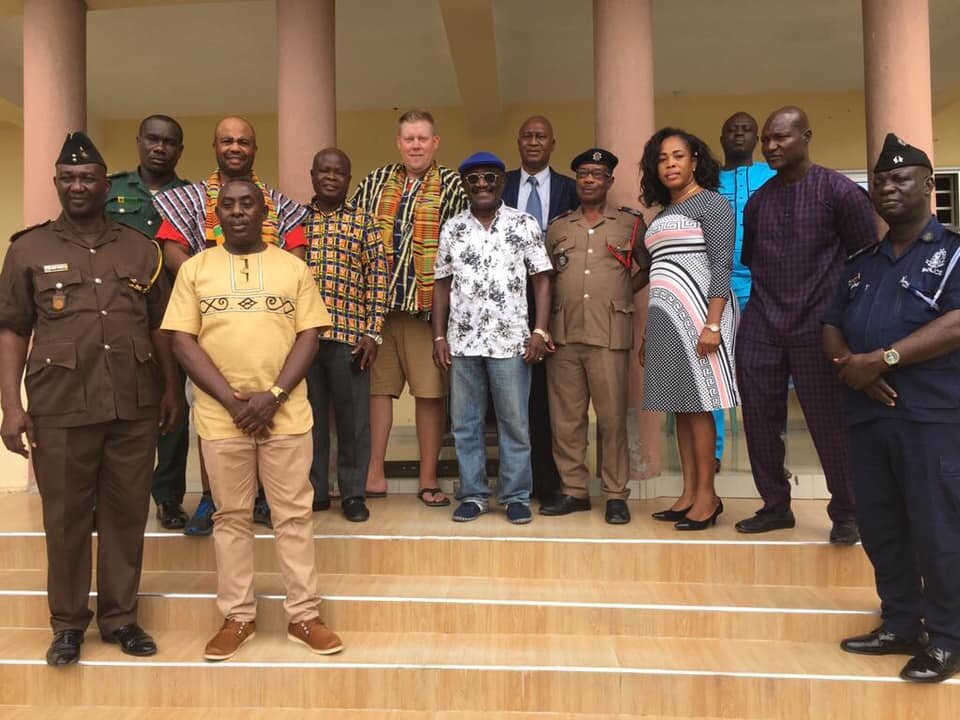by Jon Seastone
Jon is a structural and wildland firefighter with the Denver Fire Department, Colorado. Jon has been training with AFM since 2017 in Kenya.
Company training is of vital importance to fire crews. Small problems often happen during fire calls and company training can help to minimize those problems and prevent small problems from becoming big problems. Laziness and complacency is a recipe for disaster when an overwhelming emergency call rears its ugly head. Company training also develops camaraderie betweens firefighters and builds teamwork. Because firefighters took the time to train prior to arriving at a fire scene, fire companies will have a sense of what their fellow crew members will do, sometimes without the need to verbally communicate the actions. Firefighters who regularly train together feel like they can “read each other’s minds” during incidents because drilling causes a team to move as one force. For these reasons, daily company drills and training is of vital importance.
Company training does not have to be a grueling or extensive process. It can be as simple as taking one item off the truck and becoming familiar with it or driving around your response district and familiarizing the company with buildings and target hazards. Being deliberate and disciplined in doing daily training becomes a habit and continuously develops knowledge within a firehouse.
When firefighters are sleep deprived, fatigued, hungry or distracted by other parts of our life, we must depend on our training as a foundation to help push through when our mind may not be operating at maximum levels. By running through scenarios and putting hands on equipment, we develop muscle memory that will take over in times of stress. We can then build on these scenarios and find additional “outside the box” scenarios or possible plans “B” and “C” if plan A fails.
During company drilling equipment is taken out and checked, and used for training, then cleaned and put back in service. Often, problems with the equipment may be discovered and can be resolved prior to an incident. It is best to immediately remove damaged or non working equipment from service till the issue has been resolved or the equipment has been repaired. It’s a very empty feeling to be in the middle of an emergency call and have an equipment fail that might have been discovered had the equipment been used for training.
Company training and drilling require intentionality. Every firefighter can step up and come up with training to pass onto others. Senior firefighters need to be deliberate about training with younger, less experienced firefighters. These more senior members can pass on stories and experiences that are invaluable in giving younger firefighters the knowledge of past calls and experiences that they can use as preparation for future emergencies that they might encounter. Senior firefighters are the leaders within the firehouse that can encourage others to take the reigns and pass along knowledge thereby making the fire service better in the future. The best thing a senior firefighter can do when faced with a question or scenario is be humble enough to say,”I don’t have an answer, but let’s try to figure it out together.” They can lead by example by being the hardest workers in the firehouse.
The fire service is built on “never stop learning” mentality. It does not necessarily mean that departments must reinvent the wheel; but instead build on previous foundations and find new ways to accomplish tasks. The responsibility does not always fall on the chief or upper management. Although the Chief does have some culpability when it comes to training, training and drilling has been and will continue to start at the lowest level of the fire service, in other words with the firefighters.
Here are some examples of drills/training that firefighters can do in their own area:
Practice rescuing each other using drags and carries. What will you do if you have to rescue each other out of a building or a window? What if you have rescued a civilian in the same ways?
Have a discussion about the types of buildings within your response areas. What are some target hazards or places that could be exceptionally dangerous for firefighters and how will you respond to those hazards? Discuss and plan possible responses within your company.
If you carry ropes on your truck, pull those off and tie knots with each other. Teach each other useful knots that you know but maybe the firefighter next to you might not. When you are done, check the rope for damage.
Practice throwing ladders to various buildings and techniques for taking victims down the ladder.
Practice searching for people or following a hose pipe in the firehouse while blindfolded to use your other senses in case you can’t see during a fire.
Watch videos of firefighter training from all over the world and then try it yourself to see if it works for you.
These are only a few examples. What are your ideas? Add your ideas to the AFM networking group because we can all learn from each other!

